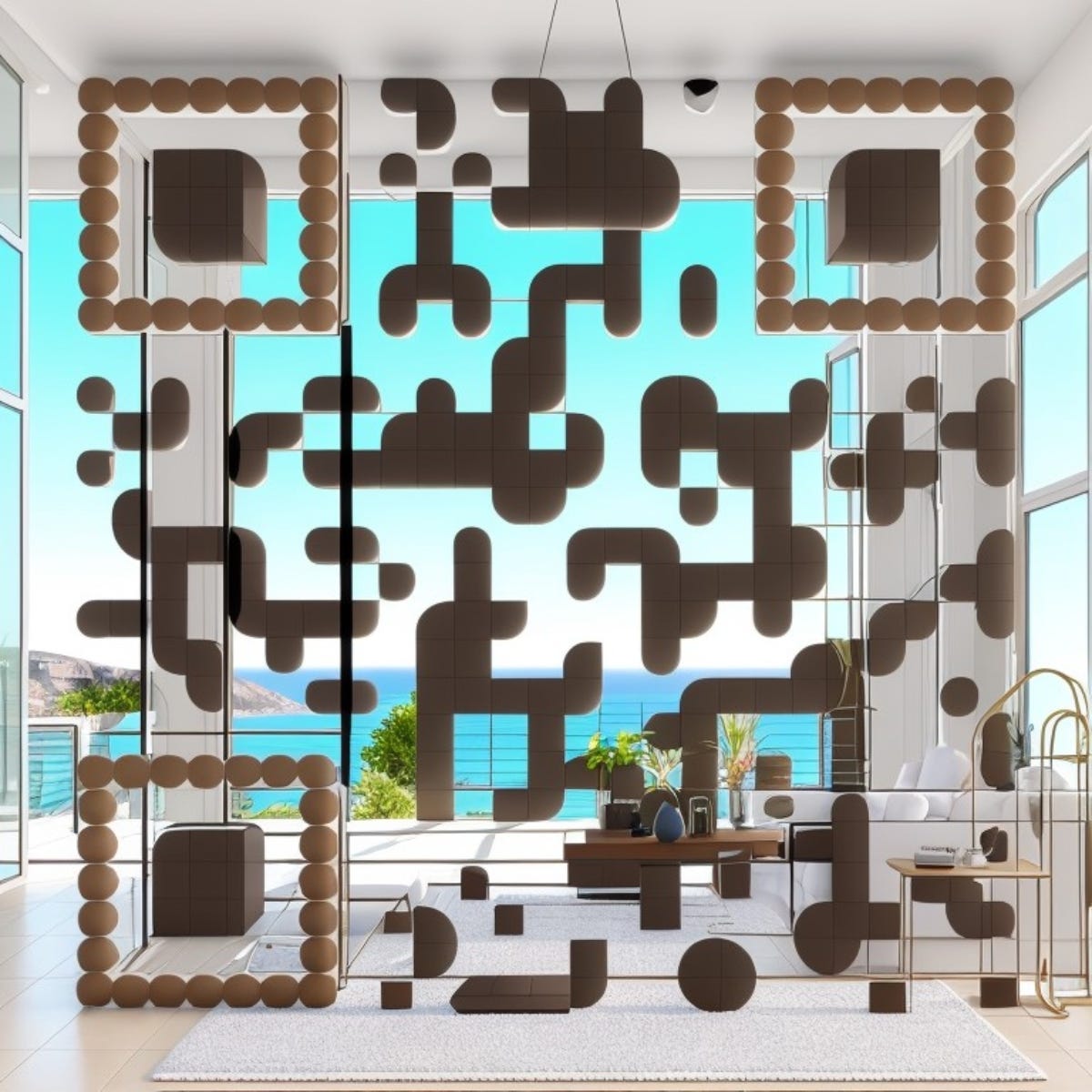Introduction:
In the realm of art and design, Quick Response (QR) codes have transcended their traditional role as functional tools to become powerful mediums for creativity and connectivity. Artists and designers are increasingly embracing QR codes as innovative elements that not only serve utilitarian purposes but also add an interactive and dynamic layer to their creations. This article explores the diverse and creative applications of QR codes in the world of art and design, showcasing how these matrix barcodes are transforming traditional mediums into immersive and interactive experiences.
- Interactive Art Exhibitions:
QR codes have revolutionized the way audiences interact with art exhibitions. Artists can incorporate QR codes into their works, linking them to additional information, audio guides, or virtual tours. Visitors can scan the codes using their smartphones to access a deeper understanding of the artwork, creating a more immersive and educational experience.
- Digital Signature and Authentication:
Artists and designers are using QR codes as digital signatures or certificates of authenticity. By embedding a QR code in their artwork, creators can link to a digital certificate, providing details about the piece, its creation process, and the artist’s statement. This not only adds a layer of transparency but also ensures the authenticity and provenance of the artwork.
- Augmented Reality (AR) Experiences:
QR codes serve as gateways to augmented reality experiences in art and design. When scanned, these codes can trigger AR overlays, animations, or additional content that complements the physical artwork. This blending of the digital and physical realms adds a new dimension to the viewer’s perception, transforming static pieces into dynamic, multi-sensory experiences.
- Dynamic Packaging Design:
Designers are incorporating QR codes into product packaging to create dynamic and interactive designs. Scanning the code can lead consumers to behind-the-scenes content, product information, or exclusive promotions. This approach not only engages customers but also turns the product itself into a portal for a more immersive brand experience.
- QR Code Mosaics and Installations:
Artists are pushing the boundaries of creativity by using QR codes to create intricate mosaics and large-scale installations. Each QR code within the artwork may lead to different online content, forming a collaborative and interactive experience for viewers. These installations not only showcase technical prowess but also challenge traditional notions of artistic expression.
- Educational Art Initiatives:
QR codes are being employed in educational art initiatives to enhance learning experiences. Art textbooks, exhibition catalogs, and informational materials can include QR codes that link to video demonstrations, artist interviews, or related educational content. This approach transforms static educational resources into dynamic, multimedia-rich learning tools.
- Artistic Merchandise and Wearables:
Artists and designers are incorporating QR codes into merchandise and wearables as unique and personalized elements. QR codes on clothing, accessories, or art prints can link to exclusive content, artist profiles, or limited-edition releases. This adds value to the physical items, creating a more meaningful connection between the artist and the audience.
- Interactive Street Art and Urban Interventions:
QR codes are finding their way into street art and urban interventions, transforming public spaces into interactive galleries. Street artists can integrate QR codes into murals or installations, providing viewers with the opportunity to learn more about the artwork, the artist’s message, or even participate in community initiatives by scanning the codes.
Conclusion:
QR codes have become catalysts for creativity in the realms of art and design, transcending their utilitarian origins to become integral components of interactive and immersive experiences. From enhancing art exhibitions and creating dynamic packaging designs to fostering educational initiatives and transforming urban spaces, QR codes have opened new avenues for artistic expression and audience engagement. As technology continues to evolve, the marriage of QR codes with art and design is likely to bring forth even more innovative and boundary-pushing creations, solidifying their place in the dynamic and ever-evolving world of creative expression.

